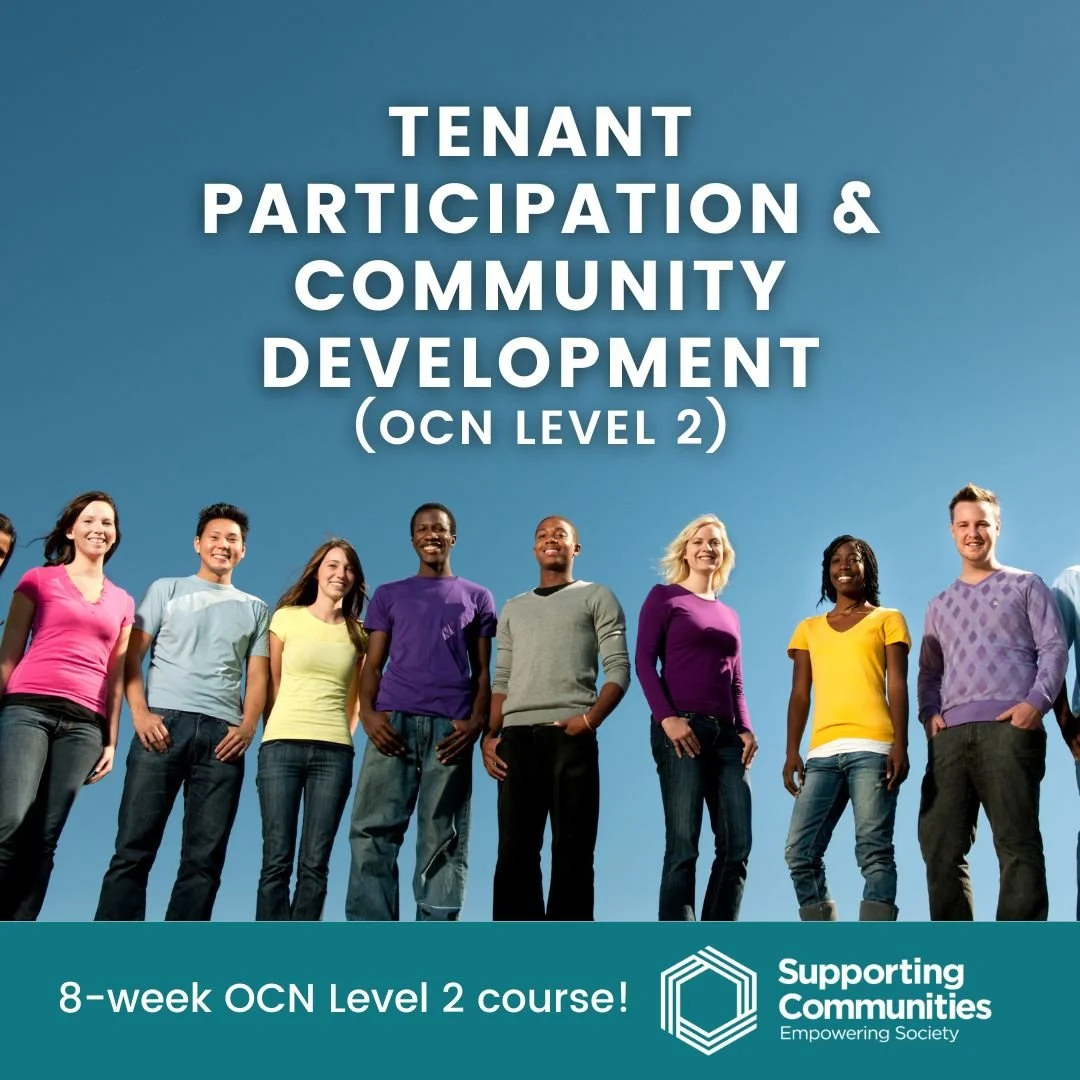We're On the Path to Net Zero!
/Natalie Mayes, Net Zero Officer
Last September, we introduced Natalie Mayes, our Net Zero student placement officer. On loan to us from Ulster University for the year, Natalie has been developing a long-term plan for our organisation to become net zero, as well as educating us all on what that means!
Natalie reports that she has been estimating our carbon footprint for the past few years and working to implement new company policies to help staff make improvements. She tells us that calculating our carbon footprint is vitally important for our journey towards being a Net Zero organisation. It will highlight the areas where we need to make the biggest changes.
She has also been out and about working alongside the Housing Executive doing site visits to the 300 houses in their Low Carbon Project (LPC300) in Strabane, Newtownards and Dunmurry. These houses are being retrofitted to be more energy efficient by installing new cavity wall insulation, solar panels, storage batteries, air source heat pumps and ventilation systems.
“It’s exciting to see projects like this happening in Northern Ireland”, says Natalie. “Social housing providers are well placed to be real leaders in Net Zero by retrofitting existing stock and building new houses to energy efficiency standards.”
“I’ve learned a lot working on this project. I’ve been thinking about topics like placemaking, local approaches to heat decarbonisation, and new business models to fund net zero,” she said. “Still, our initial challenge remains education and increasing the public’s understanding of the topic.”
As part of the Housing Executive’s Corporate Sustainable Development Strategy and Action Plan (2022-2027), Supporting Communities will be delivering training on energy awareness and carbon literacy to community groups. We’re all in this together!
What is ‘Net Zero’?
Net zero refers to the balance between the greenhouse gas emissions produced vs. those taken out from the atmosphere.
Net zero is achieved when the amount of carbon dioxide produced is no greater than the amount removed. The idea is to reduce the amount of human-caused emissions as much as possible and then remove carbon emissions from the atmosphere with initiatives such as reforestation or direct carbon removal.
Net zero for an organisation or group means achieving zero carbon emissions through its operations and activities. For example, here are some ways a community group can work towards net zero:
Energy use - Switch to renewable energy sources like solar panels or green utility providers for any facilities. Install energy-efficient lighting, heating, and appliances.
Travel and transport - Encourage staff, volunteers and participants to walk, bike, take public transport or carpool for events and meetings. Support electric vehicle use. Minimize air travel.
Waste - Initiate recycling and composting. Use reusable rather than disposable cutlery, dishes, and decorations for events. Avoid single-use plastic.
Food - Offer plant-based meal options. Source locally produced ingredients to reduce transport emissions.
Materials - Use recycled paper or go paperless. Rent, borrow or buy used equipment and supplies instead of new.
Carbon offsets - Invest in certified carbon offset projects to counterbalance unavoidable emissions.
Community education - Promote sustainability initiatives and low-carbon lifestyle choices through programming.
Partnerships - Collaborate with local environmental groups or businesses to enhance impact.
Measurement - Track and analyse emissions over time to identify reduction opportunities.
Achieving net zero requires reducing emissions as much as possible first before offsetting the remainder. It demonstrates an organisation’s commitment to environmental sustainability and leadership.







